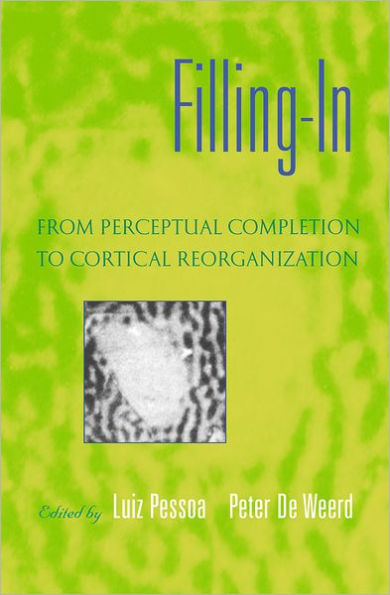5
1
9780195140132



Filling-In: From Perceptual Completion to Cortical Reorganization available in Hardcover, eBook

Filling-In: From Perceptual Completion to Cortical Reorganization
- ISBN-10:
- 0195140133
- ISBN-13:
- 9780195140132
- Pub. Date:
- 02/27/2003
- Publisher:
- Oxford University Press
- ISBN-10:
- 0195140133
- ISBN-13:
- 9780195140132
- Pub. Date:
- 02/27/2003
- Publisher:
- Oxford University Press

Filling-In: From Perceptual Completion to Cortical Reorganization
$105.0
Current price is , Original price is $105.0. You
105.0
In Stock

Product Details
| ISBN-13: | 9780195140132 |
|---|---|
| Publisher: | Oxford University Press |
| Publication date: | 02/27/2003 |
| Series: | Medicine |
| Pages: | 340 |
| Product dimensions: | 9.30(w) x 6.30(h) x 0.80(d) |
About the Author
From the B&N Reads Blog
